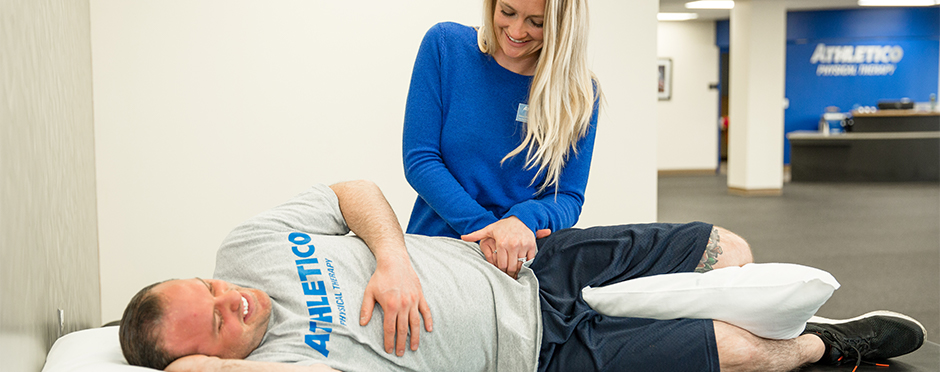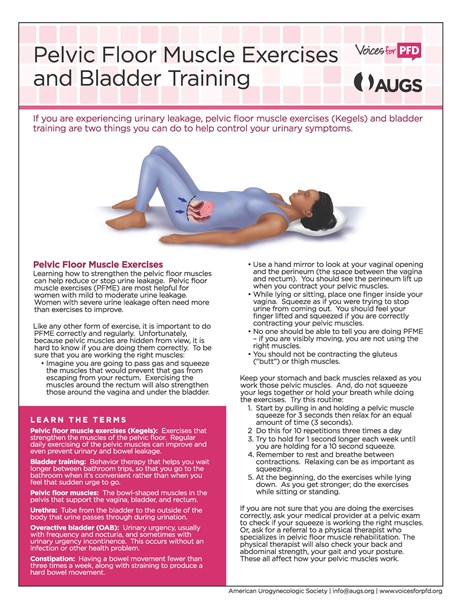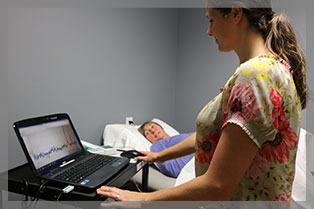Biofeedback Therapy Pelvic Floor Near Me

Biofeedback based physical therapy to treat pelvic floor dysfunction.
Biofeedback therapy pelvic floor near me. Get treatment for pelvic floor dysfunction using our directory to find a pelvic rehab physical therapist pt nurse practitioner arnp occupational therapist ot doctor md or other pelvic rehab practitioners. By regularly and properly engaging the pelvic floor 75 90 of patients treated with this type of therapy experience significant improvement in their symptoms. The good news is that treatment typically does not involve medications. Completion of pelvic physical therapy level 1 2 and 3 with women s health section of american physical therapy association certification in pelvic muscle dysfunction biofeedback bcia pmdb expertise.
Physical therapists are specially trained to rehabilitate the pelvic floor muscles and work with patients to develop and individualized plan of care. Biofeedback can be used for both strengthening weak pelvic floor muscles up training as well as training tight shortened overactive pelvic floor muscles to relax down training. Buttocks pelvic floor tailbone vagina rectum penis or testicles. All patients are encouraged to be active participants in their rehabilitation.
These uncoordinated pelvic floor dynamics are usually diagnosed with a test called anorectal manometry which uses a thin tube to measure pressures sensations and reflexes in the rectum and anal sphincter. Biofeedback therapy involves training patients to control physiological processes such as muscle tension blood pressure or heart rate. Although these are normally involuntary processes a biofeedback therapist can help patients manipulate them and hence alleviate their symptoms. In fact changes are usually noticed within three to four weeks.
The pelvic floor are skeletal muscles that may become weak tight or spastic as a result of disuse surgery or trauma. Surface muscle electromyographic biofeedback semg has been demonstrated clinically to enhance kegel style exercises for incontinence. Pelvic floor disorders urinary and fecal incontinence voiding and defecatory dysfunction pelvic organ prolapse pelvic pain dyspareunia. Using biofeedback in pelvic floor physical therapy.
Every patient will be given a home activity program so they can continue to make progress between physical therapy sessions. Additionally we can use a modality called biofeedback to assist in the treatment of both incontinence and pelvic floor dysfunction pain. Like other muscles in your body your pelvic floor muscles will become stronger with an exercise program.


















